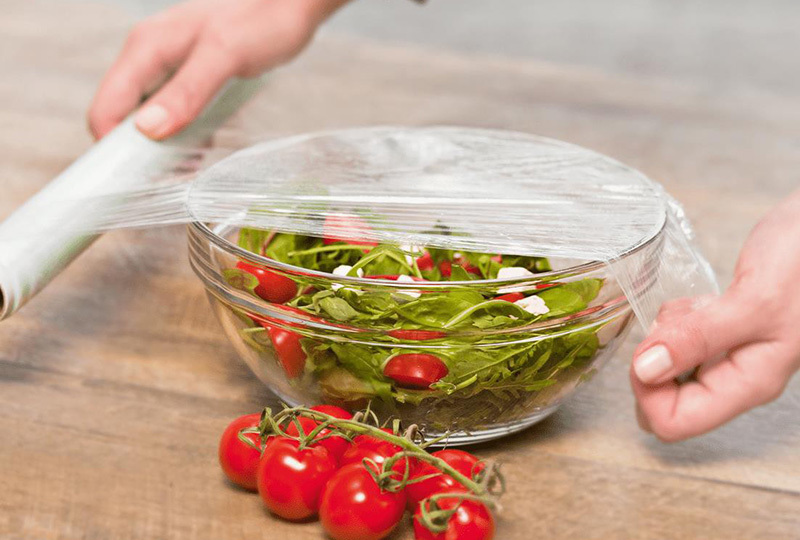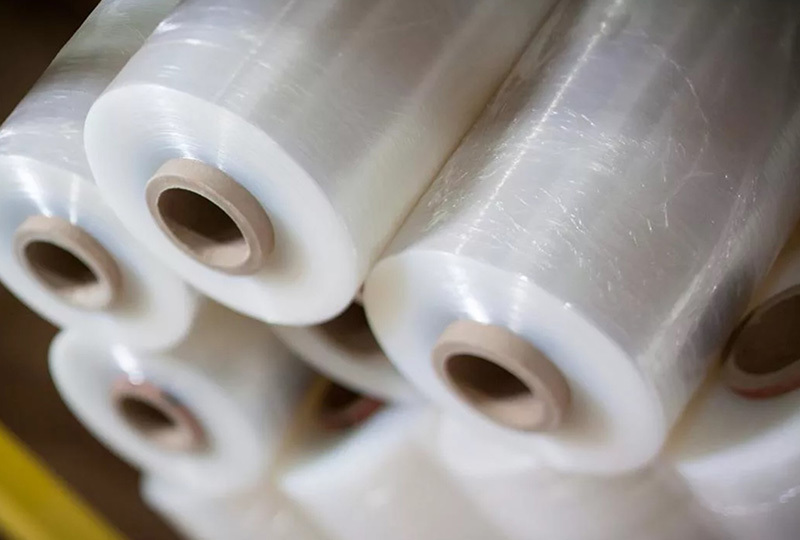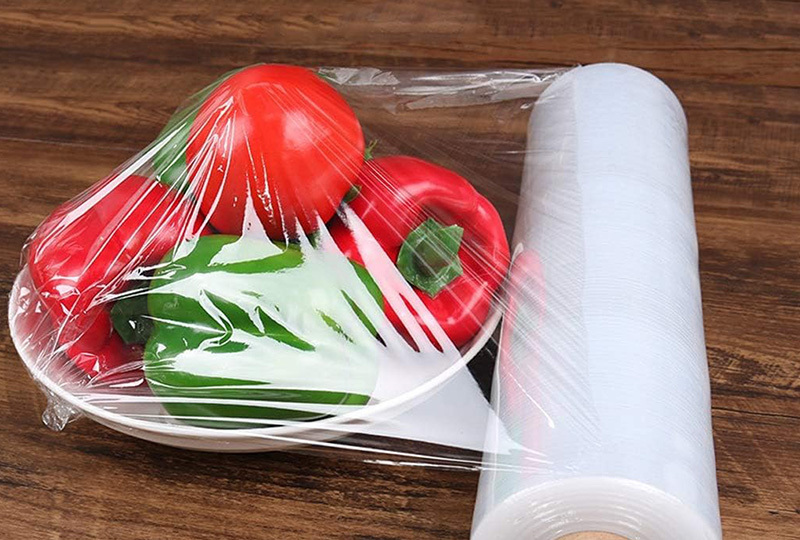Exploring the Benefits of Quality Degradable Cling Film for Sustainable Kitchen Practices
Release time:
Apr 19,2025
As environmental concerns grow, consumers are becoming more aware of the products they use, especially in the kitchen. One such product gaining attention is quality degradable cling film. Unlike traditional plastic wraps that can take hundreds of years to break down, degradable cling film is designed to minimize environmental impact while providing similar functionality. Quality degradable cling f
Quality degradable cling film typically incorporates materials that can break down more easily in the environment. These films are often made from renewable resources and are treated with additives that enhance their degradation process when exposed to environmental conditions, such as light, heat, and moisture. This is crucial since it means that once disposed of, the cling film will decompose more rapidly compared to standard plastic wraps, thereby reducing landfill waste and pollution.
One of the key benefits of using quality degradable cling film is its ability to maintain food freshness while being more environmentally responsible. Just like traditional cling films, these biodegradable alternatives effectively seal in moisture and protect food from spoilage. This not only helps in reducing food waste—an increasingly pressing issue—but also encourages better food storage practices among consumers.
Moreover, the use of quality degradable cling film can enhance a business's brand image in an eco-conscious market. More consumers are actively seeking products that reflect their values, and using sustainable kitchen products can be a strong selling point. Businesses that adopt these practices may find themselves appealing to a broader audience, particularly those who prioritize sustainability.
However, it is important for consumers and businesses alike to understand the differences between various types of degradable films on the market. Not all cling films labeled as "biodegradable" or "compostable" are created equal. It’s essential to look for certifications and research the specific materials used to ensure that they meet environmental standards.
In conclusion, integrating quality degradable cling film into kitchen practices presents a step towards sustainability while providing the same level of food preservation as traditional options. By making informed choices about cling film, consumers and businesses can contribute to a healthier planet and promote environmentally friendly habits. As the market continues to evolve, staying informed and making conscious decisions is key to fostering a sustainable future in the kitchen.
Related News
What are the characteristics of PVC fresh-keeping film for food preservation
Can PVC plastic wrap be heated in a microwave oven?
What is the difference between PVC cling film and PE cling film
The choice of PVC cling film need to pay attention to what






